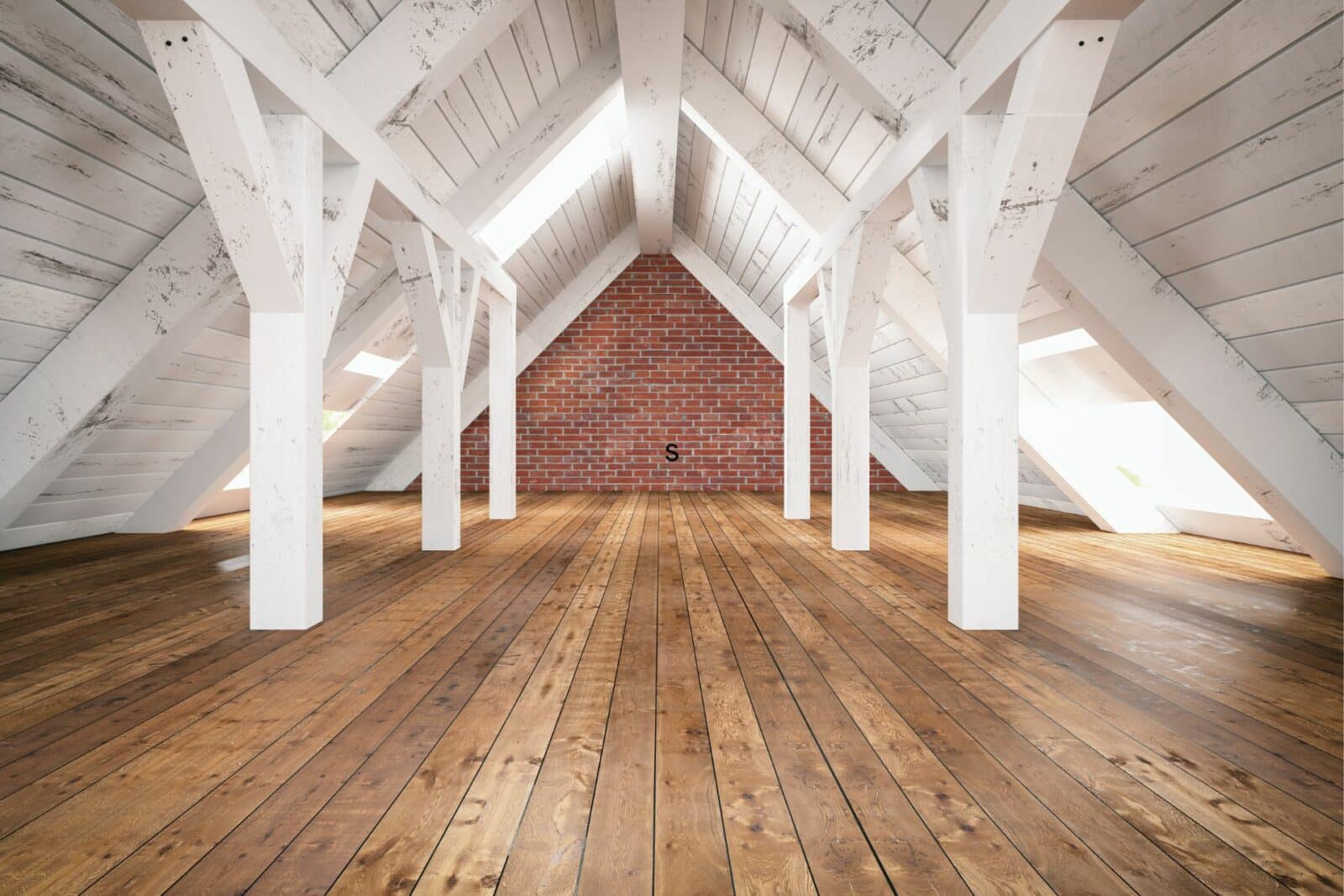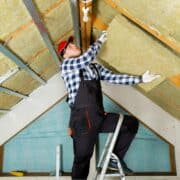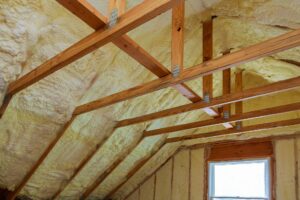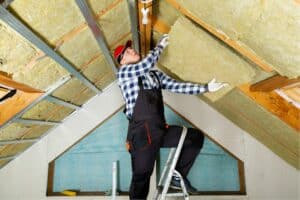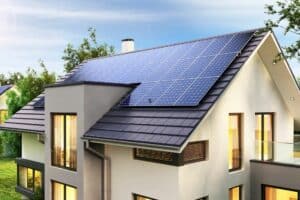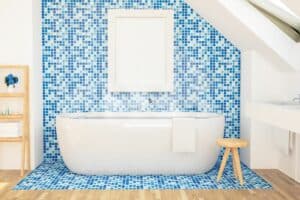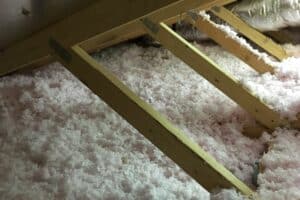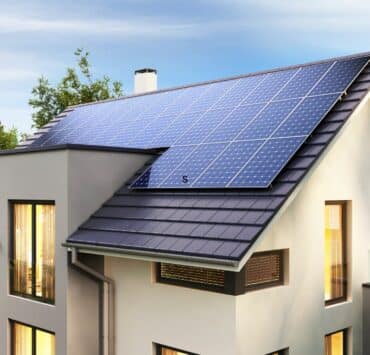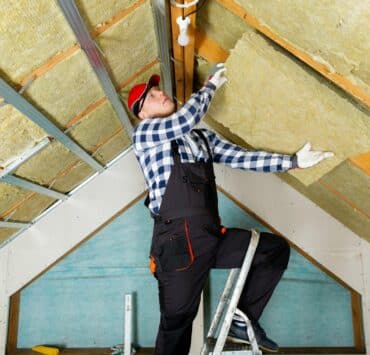Attic insulation plays a crucial role in maintaining comfortable indoor temperatures, reducing energy consumption, and enhancing the overall energy efficiency of your home. However, before diving into the benefits, it’s important to understand the cost of attic insulation and the various factors that can influence it.
Attic Insulation: A Wise Investment
Investing in proper attic insulation not only contributes to a more comfortable living environment but also leads to substantial long-term savings on energy bills. In this article, we will break down the cost considerations associated with attic insulation, helping you make informed decisions for your home.
Factors Affecting Attic Insulation Cost
The cost of attic insulation can vary significantly based on several factors. Let’s explore these factors to better understand the potential costs:
Type of Insulation
Different types of insulation materials, such as fiberglass, cellulose, and spray foam, come with varying costs. The choice of insulation material will impact the overall cost of the project.
Attic Size
The size of your attic plays a significant role in determining the amount of insulation material required. Larger attics will naturally require more insulation, leading to higher costs.
Accessibility
Attics that are easy to access may have lower installation costs compared to attics that require additional effort for installation due to restricted access.
Cost Estimates for Attic Insulation
While costs can vary, here are some general estimates for attic insulation projects:
Fiberglass Insulation
- Loose-fill fiberglass insulation: Approximately $1.50 – $3 per square foot.
- Batt fiberglass insulation: Around $0.80 – $1.20 per square foot.
Cellulose Insulation
- Loose-fill cellulose insulation: About $1.50 – $3 per square foot.
Spray Foam Insulation
- Closed-cell spray foam insulation: Approximately $1.75 – $3.50 per square foot.
- Open-cell spray foam insulation: Around $0.60 – $1.00 per square foot.
DIY vs. Professional Installation
While DIY insulation kits are available, it’s recommended to opt for professional installation to ensure proper coverage and maximize energy savings.
Long-Term Savings and Return on Investment (ROI)
Despite the initial upfront cost, investing in attic insulation offers significant long-term savings:
Reduced Energy Bills
Proper insulation prevents heat loss during winter and keeps cool air in during summer, leading to lower energy consumption and reduced utility bills.
Increased Home Value
Energy-efficient homes with quality insulation tend to have higher resale values, providing a return on your initial investment.
LSI Keyword: “Attic Insulation ROI”
Frequently Asked Questions (FAQs) About Attic Insulation Cost
How long does it take to recover the cost of attic insulation through energy savings?
The payback period varies based on factors like insulation type and local energy costs. It typically ranges from 2 to 7 years.
Are there any government incentives for attic insulation?
Yes, many governments offer incentives and rebates to encourage energy-efficient upgrades, including attic insulation.
Can I install additional insulation on top of existing insulation?
In most cases, adding insulation on top of existing material is possible and can improve energy efficiency. Consult a professional for guidance.
Will better attic insulation reduce noise from outside?
Yes, insulation can help reduce noise transmission, making your home quieter and more comfortable.
Conclusion
Investing in attic insulation is a smart decision that provides immediate and long-term benefits. While the initial cost may vary based on factors such as insulation type and attic size, the energy savings and increased home value make it a worthwhile investment. By understanding the cost considerations and potential savings, you can make informed choices that contribute to a more comfortable and energy-efficient home.
